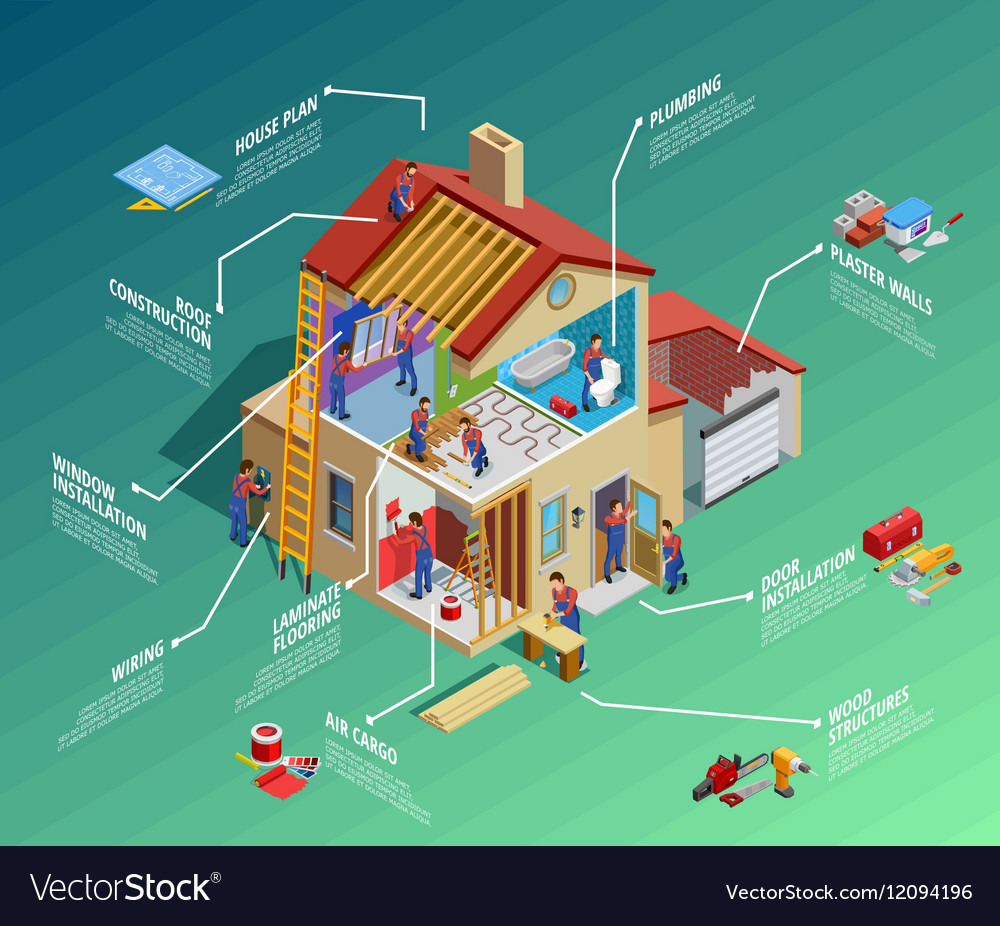How To Budget For Your Flooring Task: A Practical Guide
How To Budget For Your Flooring Task: A Practical Guide
Blog Article
Composed By-Xu Kamper
When you're preparing a floor covering job, budgeting isn't just about choosing a number; it's about recognizing what you absolutely need and the expenses entailed. You'll wish to evaluate your particular requirements, research study numerous materials, and expect unexpected expenses. Think of exactly how elements like space objective and installment techniques can impact your budget plan. However prior to you jump in, there are some important information you may overlook that can dramatically influence your overall costs. Let's check out how to navigate these complexities and ensure your task stays on track.
Assessing Your Flooring Requirements
Before diving into your flooring job, it's vital to analyze your flooring needs. Beginning by thinking about the particular locations where you prepare to set up new flooring. Think of the purpose of each area. For instance, bathroom and kitchens require waterproof products, while living locations may take advantage of comfort and aesthetics.
Next off, examine the existing conditions of your floorings. Exist any kind of architectural concerns, such as unequal surfaces or wetness problems? Attending to these worries at an early stage can save you time and money down the line.
Also, keep in mind of the dimensions of each area to identify just how much flooring you'll need.
Don't forget to consider your way of living. If you have pet dogs or young children, longevity could be your top concern, while an extra formal area may ask for a glamorous coating. Additionally, think of your style preferences. Do you choose a classic appearance, or are you drawn to modern-day styles?
Last but not least, be realistic about just how much maintenance you're willing to commit to. Some materials call for even more upkeep than others. By understanding your demands clearly, you'll be better geared up to make educated choices as you progress with your flooring job.
Estimating Expenses and Products
Estimating expenses and materials is a critical action in your floor covering project that can considerably affect your overall budget plan. Beginning by determining your room properly to figure out how much flooring you'll need. For the majority of products, you'll discover pricing by square foot, so collect quotes from different providers to obtain a sensible figure.
Next, take into consideration the type of floor covering you desire. Alternatives like wood, laminate, ceramic tile, or rug all featured various price factors. Research the prices for each and consider any type of extra materials like underlayment, adhesive, or shift strips.
Don't neglect to consist of devices if you're planning a DIY setup, as renting out or purchasing devices can add to your expenses.
Labor costs are an additional essential factor to consider. If you're working with experts, obtain price quotes from several service providers to ensure you're obtaining a fair rate. Be clear about the extent of job to prevent unexpected charges later.
Last but not least, it's smart to reserve a small portion of your allocate any unexpected expenses related to materials. By extensively estimating your expenses and materials in advance, you'll set yourself up for a smoother and much more manageable floor covering job.
Planning for Hidden Expenditures
Several home owners neglect the concealed costs that can develop during a floor covering job, which can result in budget overruns. To prevent this, you require to prepare for potential additional expenses.
First, consider the problem of your existing subfloor. If it's damaged or unequal, you'll likely need repair work or leveling, which can add significantly to your total cost.
Next off, think about elimination and disposal costs for your old flooring. Several service providers charge additional for this service, so factor that right into your budget.
Additionally, do not ignore the prices of underlayment, which may not be consisted of in the initial quote but are necessary for an effective installation.
You should also plan for unforeseen issues, such as pipes or electrical work if your flooring project includes moving components. https://hgtv-kitchen-remodel78765.blogoscience.com/38333953/professional-epoxy-floor-covering-professionals-make-sure-remarkable-application-and-longevity-however-what-shocking-benefits-do-they-bring-that-can-change-your-floor-covering-experience to set aside a minimum of 10-15% of your total budget for these unforeseen costs.
Finally, keep in mind that licenses might be required for certain installments. Constantly examine https://www.dragzine.com/features/line-x-releases-high-quality-garage-floor-coatings/ to avoid fines or delays.
Verdict
In conclusion, budgeting for your floor covering job is important for a successful outcome. By assessing your requirements, approximating costs, and preparation for concealed expenditures, you'll stay clear of shocks and stay on track. Bear in mind to reserve a section of your allocate unanticipated prices and maintain a thorough break down of your expenses. With careful planning and consideration, you'll produce a lovely area that satisfies your requirements without breaking the bank. Happy flooring!
